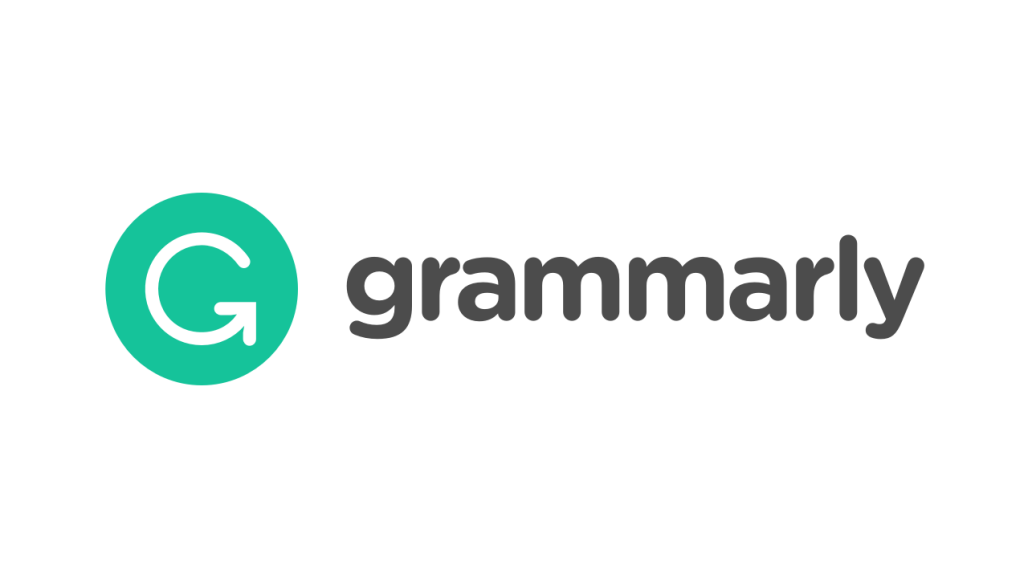EFFECT OF GARLIC EXTRACT ON SMALL INTESTINE TO INCREASE INTERFERON γ IN WHITE MALE BALB/C MICE
Abstract
Common cold is an infectious disease that is caused by viruses. The purpose of this study is to explain how garlic extract can increase body immunity.
This was experimental study using white male BALB/c strain mice, 10 weeks old with bodyweight of 25-35 grams. Group 1 received placebo (CMC Na) for 14 days. Group 2 received 10mg/kg BW garlic extract for 14 days, and group 3 received 20mg/kg BW garlic extract for 14 days. After 14 days mice were sacrified then intestines were removed and processed in the paraffin block, then were stained with immunohistochemistry.
There was one variable such as the amount of cell that produce interferon γ. Data were analyzed by analysis of variance Brown Forsythe, any significant different was further analyzed by using Games Howell in the significant level of 0.05. There were significant difference between groups those received placebo, 10mg/kgBw garlic extract, and 20mg/kgBw garlic extract in each variables.
Garlic extract can increase body immunity via increase in the amount of cell that produce interferon γ.
Keywords
Full Text:
PDFReferences
Abbas A.K, Andrew H.L, 1994. Cellular and Molecular Immunology. 2nd edition, USA: W.B. Saunders Company, 18, 53, 55, 262, 208-9, 251-2, 328.
Anthony R.F,Wayne M.Y, 2003. Natural Killer Cells and Viral Infections. Current Opinion in Immunology 15: 45-51.
Boies, Adams, Higler, 1994. Buku Ajar Penyakit THT (Boies Fundamentals of Otolaryngology). 1st edition, Jakarta:EGC, 206-208.
Borek C, 2001. Antioxidant Health Effect of Aged Garlic Extract. Journal of Nutrition American Society for Nutritional Sciences 131: 1010s-1015s.
Diah K, 2004. Bersahabat Dengan Hewan Coba. Cetakan I, Yogyakarta:Gadjah Mada University Press, 5-8, 25-37, 66-69, 82-112.
Eccles R, 2005. Understanding The Symptoms of The Common Cold and Influenza. Lancet Infect Diseases 5:718-25.
Eikai K, Naoto U, 2001.Immunomodulatory Effects of Aged Garlic Extract. Journal of Nutrition 131: 1075-1079.
Eko B,2002. Biostatistika. Cetakan I, Jakarta:EGC, 226-232.
George S, 2002. NFκB-Dependent Signaling Pathways. Experimental Hematology 30: 285-296.
Hildebert W, 1999. Immunomodulatory Agents from Plants. Medical :274-277.
Hirao Y, 1987. Activation of Immunoresponder Cells by The Protein Fraction from Aged Garlic Extract. Phytotherapy 1:161-164.
Kang N.S, Moon E.Y, 2001. Immunomodulating Effect of Garlic Component, Allicin, on Murine Peritoneal Macrophages. Nutrition Research 21: 617-626.
Liang H.O, Purwanto A, 1991. Uji Toksisitas dan Aktivitas Biologi Ekstrak Bawang Putih. Cermin Dunia Kedokteran 73, 28.
Luna L.G, 1968. Manual of Histologic Staining Methods of The Armed Forces Institute of Pathology. 3rdedition,USA:Mc.Graw Hill Book Company,1-32.
Marta CM, Nieves C, Mar V, 2007. Biological Properties of Onions and Garlic. Food Science and Technology 18: 609-625.
Marcel V, 2009. Moral Principles for Allocating Scarce Medical Resources in an Influenza Pandemic. Bioethical Inquiry 6:159-169.
Neil P,1997. Achieving Transcriptional Specificity with NFκB. Int.J.Biochem. Cell Biology 29: 1433-1448.
Schoenborn J.R, Wilson C.B, 2007. Regulation of Interferon Gamma During Innate and Adaptive Immune Responses, Immunol 96:41-101.
Schroeder K, Hertzog PJ, Ravasi T, 2004. Interferon Gamma: an Overview of Signals, Mechanisms and Functions, J Leukoc.Biol 75: 163-89.
Steel R.G.D., Torrie J.H, 1984. Principles and Procedures of Statistics. Singapore: McGraw Hill Book Co., Inc., 172-177.
Steven E,MD, 2009.Common Cold. http://www.medicineNet.com/
Sudiana IK, 2008. Patobiologi Molekuler Kanker. Jakarta: Salemba Medika, 61-88.
Sudiana IK, 2005. Teknologi Ilmu Jaringan dan Imunohistokimia. Jakarta: Sagung Seto, 1-46.
Tzou-C.H, 2009. Diallyl Disulphide, but not Diallyl Sulphide, Increases Leucocyte Function-Associated Antigen-1 Expression and Cellular Adhesion in Monocytes. Food Chemistry 1-14.
Yudha, JS, 2003. The Role of Garlic (Allium Sativum) Antioxidant as Hepatoprotektor. Jurnal Universitas Airlangga. 4(1):24-31.
DOI: http://dx.doi.org/10.30742/jikw.v1i2.34
Refbacks
- There are currently no refbacks.
Copyright (c) 2017 Titiek Sunaryati

This work is licensed under a Creative Commons Attribution-NonCommercial 4.0 International License.
Jurnal Ilmiah Kedokteran Wijaya Kusuma is licensed under a Creative Commons Attribution-NonCommercial 4.0 International License










